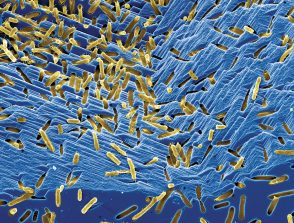The thermodynamic state of the protolunar disk after the giant impact
14/02/2023
Campus Paris-Rive-Gauche
15:00
Planetary science seminars
522, bât. Lamarck
Razvan Caracas
IPGP
We study the behavior of a multi-component silicate fluid with bulk silicate Earth composition at conditions typical for the giant impact that generated the protolunar disk. We find that the Earth’s protolunar disk reached the supercritical state of the silicate mantle. As such, the Earth, and most rocky planets, will traverse a temporary state that lacks a surface defined by a magma ocean-atmosphere boundary. The atomic structure of the silicate fluid varies with the radius within the disk due to strong pressure and temperature gradients. Fluffy short-lived chemical species dominate the outer parts of the disk, and long-lasting dense polymers abound in the deeper parts. During cooling, when the temperature and density profile of the disk intersect the liquid-vapor dome, liquid and vapor start to separate, the disk evolves as a two-phase system, and the central body starts to condense. The composition of the post-impact atmosphere is dominated by species along the mantle vapor curve.
Connection details
https://u-paris.zoom.us/j/87673310489?pwd=VC9Ic1VhRVZmRkYwUzZwbktzU1c1QT09
Meeting ID: 876 7331 0489
Passcode: 856642






